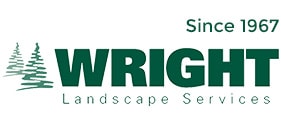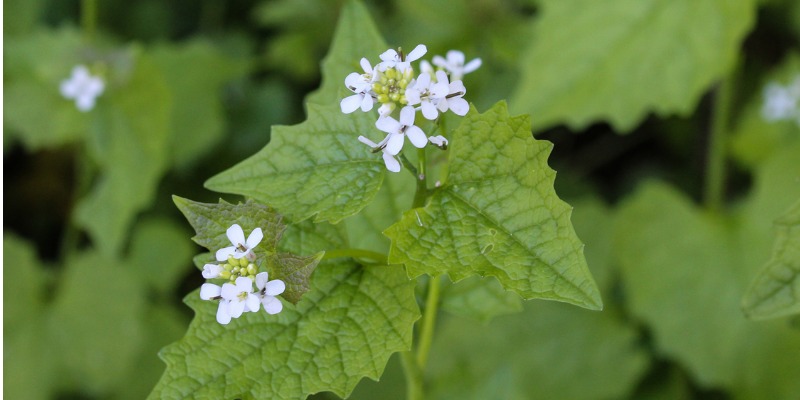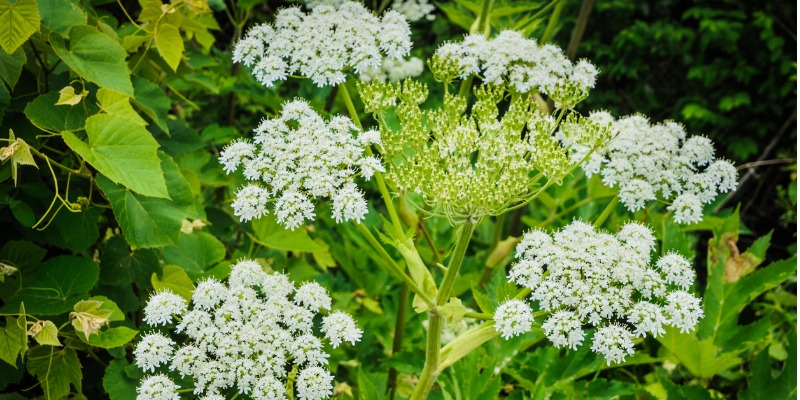In an effort to find unusual plants and incorporate them into your landscape, you may end up accidentally planting an Ontario invasive plant species.
According to the Ontario Invasive Plant Council, there are over 400 invasive plant species. These include both terrestrial and aquatic varieties, and they cannot only ruin your own landscaping but can also have a drastic effect on the environment and wildlife around you.
So, what should you know? Below are the most common invasive species you should avoid planting, including the characteristics that make a plant invasive so that you can better identify them before they cause further issues in your yard.
What are the 6 Characteristics of a Typical Invasive Plant Species?
Once you plant an invasive species, they become a challenge to remove and have a negative effect on the environment.
Most invasive plant species achieve both of these negative effects with the following traits:
- Ability to out-compete native species and deter native animals
- Reaches maturity quickly
- Covers a lot of ground, helping it choke out other plants
- Creates many seeds, most of which are viable
- Disperses those seeds widely through wind, water, or animals
- High cost to remove or control
As these plants become quite strong quickly and are more challenging to eliminate, planting them even once can have a huge impact not only on your landscape and native species, but also to your health. In fact, many invasive species cause irritation to the touch and can be poisonous. If you’re unsure of or concerned that a plant may be dangerous, consult a professional and keep pets and children away from the area if possible until it can be properly taken care of.
Invasive Plants to Avoid in Ontario
Because there are so many varieties of invasive plant species, it’s always a wise idea to research any plant you plan to put in your garden. However, here are the most popular invasive species to keep an eye out for that many homeowners accidentally plant:
- Garlic Mustard: This aggressive plant species bears tiny white flowers, but chokes out the other plants in its path. Pulling out the plant can be useful in other ways though, as its leaves are edible and great in pesto sauce. Just be sure to have an expert confirm its garlic mustard before you eat it!
- Giant Hogweed: Unlike its grocery store cousin, Giant Hogweed is not edible. Instead, the sap from its wide yellow flowers will cause skin irritation, even severe blistering. If you have this in your yard, you may prefer to have a professional remove it for you.
- Japanese Knotweed: This beautiful plant was originally brought to Ontario as an ornamental plant. Only afterwards did we realize that the plant would cause some problems, not only out-competing natural plants but destroying asphalt surfaces with its strong roots.
- Buckthorn: Common and Glossy Buckthorn are two particularly invasive species which can grow in a variety of different conditions, up to 2-3 meters tall, which can make them particularly difficult to remove. The seeds of their fruit can spread rapidly so catching them early is recommended.
- Phragmites: Also known as European Common Reed, this perennial grass is invasive not only to general land vegetation, but also to wetlands and Ontario beaches as well. It can grow up to 5 meters and will release toxins into the surrounding soil to impede the growth and even kill other plants.
What to do About Invasive Plants
At Wright Landscape Services, we can maintain your landscape to prevent invasive species from taking root in your gardens or on your lawn. We’re also happy to help you select plants that either are natural species or that will help native wildlife recover from the impact of Ontario invasive plant species.
Reach out to us today for all of your landscape needs.

Need inspiration?
When you start to think about designing the perfect yard, deck, patio or backyard oasis, it can be helpful to have some solid ideas of what you want to achieve. We can help with that.


